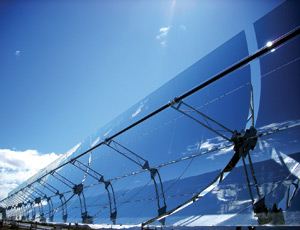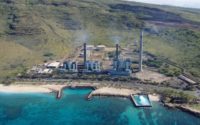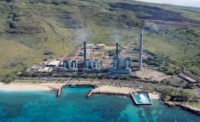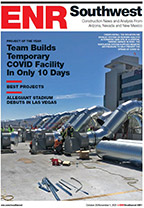Solar developer Albiasa Corp., the San Francisco unit of a Spanish firm, has teamed with Hawaii-based developer Pacific Light and Power to build a small but more reliable utility-scale project on Kauai. The 10-MW project also will be the state’s largest solar project, company officials say.

The $70-million project will use Albiasa’s “concentrated” solar technology but will add other processes developed by joint-venture partner Ram Power Inc., Reno, Nev., to extend power production to the early and later parts of the day when the sun is not as intense, says Dick Roth, Pacific Light and Power CEO.
Ram Power’s technology combines traditional steam-turbine equipment with a closed-circuit steam cycle that uses a heat-transfer fluid. The process will allow the solar project to serve the island in the evening when usage is at its peak, Roth says. The technology adds two power blocks to capture energy as the system ramps up and cools down.
Unlike photovoltaic solar technology, concentrated solar technology reflects the sun’s heat from a parabolic mirror to a Dewar tube at a focal point, which contains the heat-transfer fluid. A storage tank can hold energy created during the day for up to four hours to be used later, Roth notes. The system also recycles its water supply, he adds.
Concentrated solar is an old technology, but Albiasa’s design is new, says Albert Fong, the firm’s chief project engineer. Its proprietary improvements to the project’s parabolic troughs allow them to perform at the highest certified geometric efficiency and cut operating costs by 30%, Roth adds. “We have a parabolic structure that doesn’t use welding, so it has a higher structural integrity,” says Fong.
The structures are 12 meters long and 5.7 m wide, Fong notes. The ceramic-metallic vacuum tubes at the focal point allow the absorption of the heat without letting the sunlight reflect out, he says. Albiasa is designing the solar field and supplying the solar equipment. Ram Power is supplying the turbines and proprietary power-block technology. The permitting process is well on its way, with construction set to start later this year. It could be online as early as late 2011, according to Roth.





Post a comment to this article
Report Abusive Comment